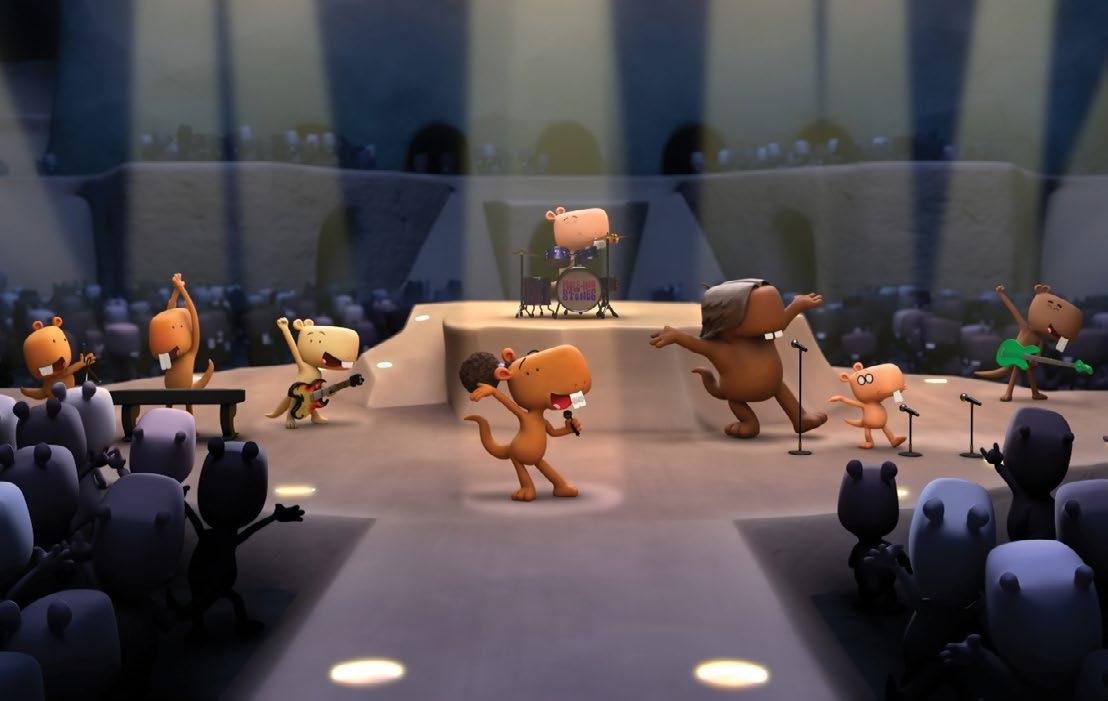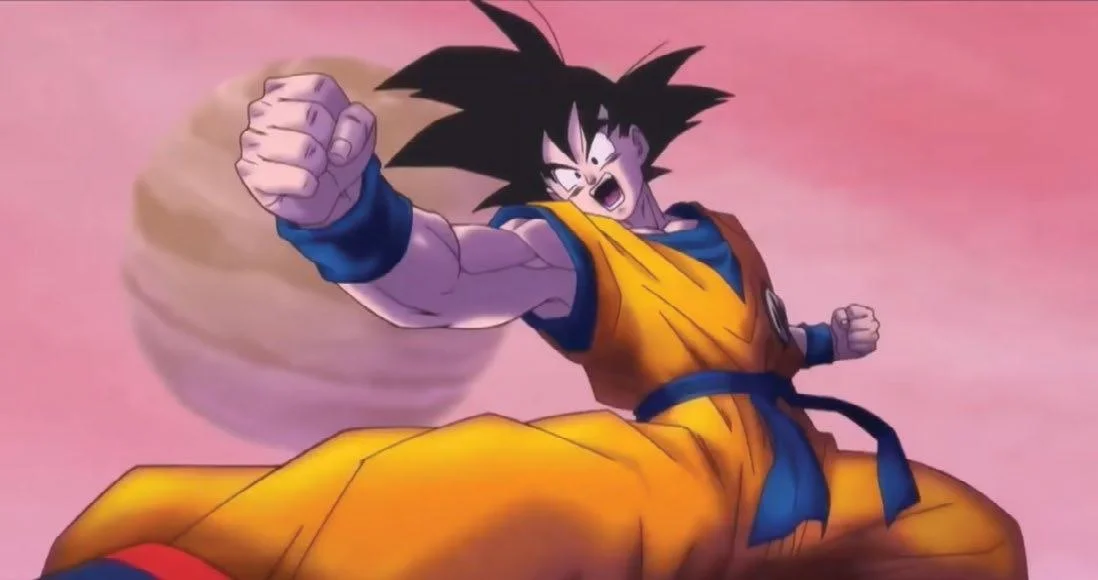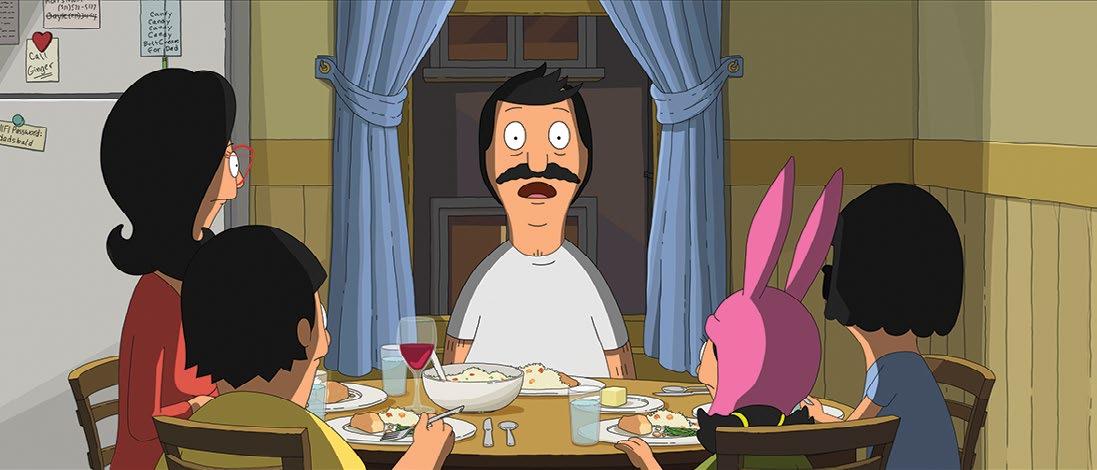VFX VFX
previous page
TOC
Unleashing the Dinosaurs Again VFX supervisor David Vickery discusses the thrills and chills of introducing new creatures in Jurassic World Dominion. By Trevor Hogg
T
wenty-eight years after the release of Steven Spielberg’s ground-breaking movie Jurassic Park, audiences will be able to experience the sixth movie set in the troubled dino park this summer. Directed by Colin Trevorrow (Safety Not Guaranteed), Jurassic World Dominion bookends the franchise by bringing original stars Sam Neill, Laura Dern and Jeff Goldblum together with Chris Pratt and Bryce Dallas Howard. The film’s VFX supervisor David Vickery, who worked on Jurassic World: Fallen Kingdom, is back for more glorious prehistoric reptilian magic — and oversaw a total of 1,450 shots produced by ILM, Lola VFX and Hybride. The film is set four years after Jurassic World: Fallen Kingdom, which ended with many dinosaurs escaping a black market auction. The plotline explores the consequences and dangers of all those prehistoric reptiles being released into the modern ecosystem. “I was concerned initially that it was going to be too much of a ‘rinse and repeat,’” admits Vickery, who was nominated for an Oscar for his work on Harry Potter and the Deathly Hallows: Part 2. “But the beauty of it is that you
get a new crew come onboard who inject different ideas into the process, and the script is completely different from anything we’ve ever seen in these films before. There are always new creative things to sink your teeth into even if you’re working on the same franchise.” Jurassic World Dominion was the first Hollywood blockbuster to restart principal photography during the coronavirus pandemic. “We had shot for five weeks when the lockdown hit us in the U.K. in mid-March,” Vickery notes. “Colin Trevorrow and his editor Mark Sanger [Gravity] took scenes that we had already shot in Colombia and U.K., and started cutting them straight away. A week after that we took delivery of the first cut of those sequences and started doing postviz.”
Deadliest Catch to the Rescue!
A major concern was how the production crew would communicate with each other on set while wearing masks and maintaining social distancing protocols. As the VFX supervisor explains, “Everyone was given BLARO headsets, so once we were on set everybody could talk to everybody else directly rather
than the usual walkie system.” According to Vickery, key scenes were reimagined because of the global travel restrictions, such as leveraging outtake footage from The Deadliest Catch for when the Mosasaurus attacks the crab boat. “It wasn’t easy for us to find out from Discovery what was the original medium, so we had to visually grade the clips to make sure that the color, contrast and resolution were the same,” remarks Vickery. “Then the scene itself plays out as found footage, so it didn’t have to match the aesthetic of the rest of the film, which was shot on Panavision DXL.” ILM did a frame-by-frame analysis of the various compression artifacts and aberrations found in each shot. “Colin’s goal and remit was to do just enough to be able to integrate the dinosaur,” says Vickery. “There is a moment where Mosasaurus grabs the crab pot, which was something we added in. If we added too much spray Colin would take it away; he wanted just the barest amount of CGI in the frame as it was important to him to stay faithful to the original footage.” For the motorcycle chase involving the Ve-
www.animationmagazine.net 136
TOC
june|july 22
previous page









































